

SAE STREET LEGAL


SAE Street Legal
Off-road auxiliary lighting is one thing, but everyone knows that it’s important to have lighting that is also safe and legal for on-road use. RIGID’s SAE Compliant Fog Lights and Auxiliary High Beam Driving Lights allow them to be used on-the-road and not just off-road. The color temperature of these LEDs was carefully chosen to be a perfect range of pure daylight to penetrate the night for superior clarity on the road.
SAE
KEY FEATURES
- SAE J583 Compliant Street Legal LED Fog Light
- White LED Light
- Integrated Thermal Management System
- Reverse Polarity Protection
- 9-36 VDC Operation
- GORETM Pressure Equalizing Vent
- Harness & Switch Included (Exclusions May Apply)
- SAE J575 Compliant- Shock/Vibration
- RFI/EMI Protection
- Mounting Brackets Included
- Impact Resistant Polycarbonate Lens
- Auxiliary High Beam Driving Light Compliant with SAE J581
- High Grade Alloy Housing And Heatsink
- Over/Under Voltage Protection
- IP68 Rated - Dust/Water Ingress
- Pressure Equalizing Vent
- Patented Optics
- Durable UV Polyester Powder Coat
- 50,000 Hour Lifespan
- Waterproof Deutsch Connector (Exclusions May Apply)
- Operating Temp -40 Deg F To +145 Deg F
- RoHS Compliant
- Limited Lifetime Warranty
- Legal For On Road and Off Road Use
SAE Light Pods
As seen in the full electromagnetic spectrum, the visible light spectrum is the small section observable to the human eye, which is the wavelengths of approximately 400 to 700 nanometers (violet to red). The human eye contains cells called cones, which act as receivers allowing us to see the wavelengths in this range. The eye can see red, green, and violet, whereas all other colors we perceive mix these colors. For instance, yellow contains both red and green.


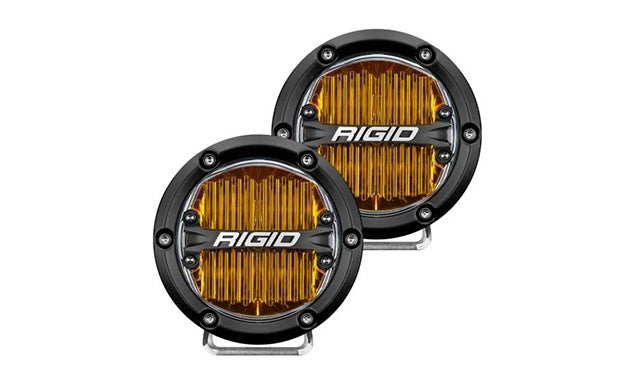

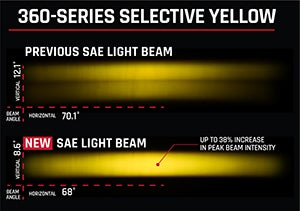

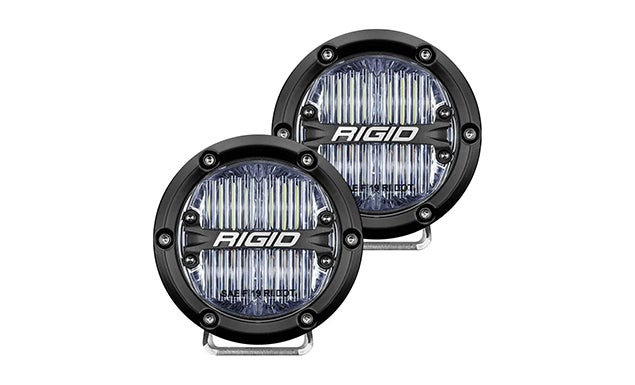

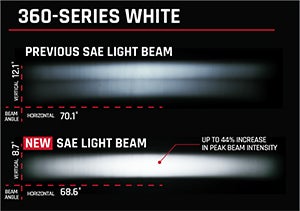



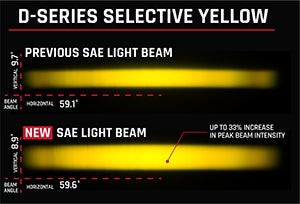

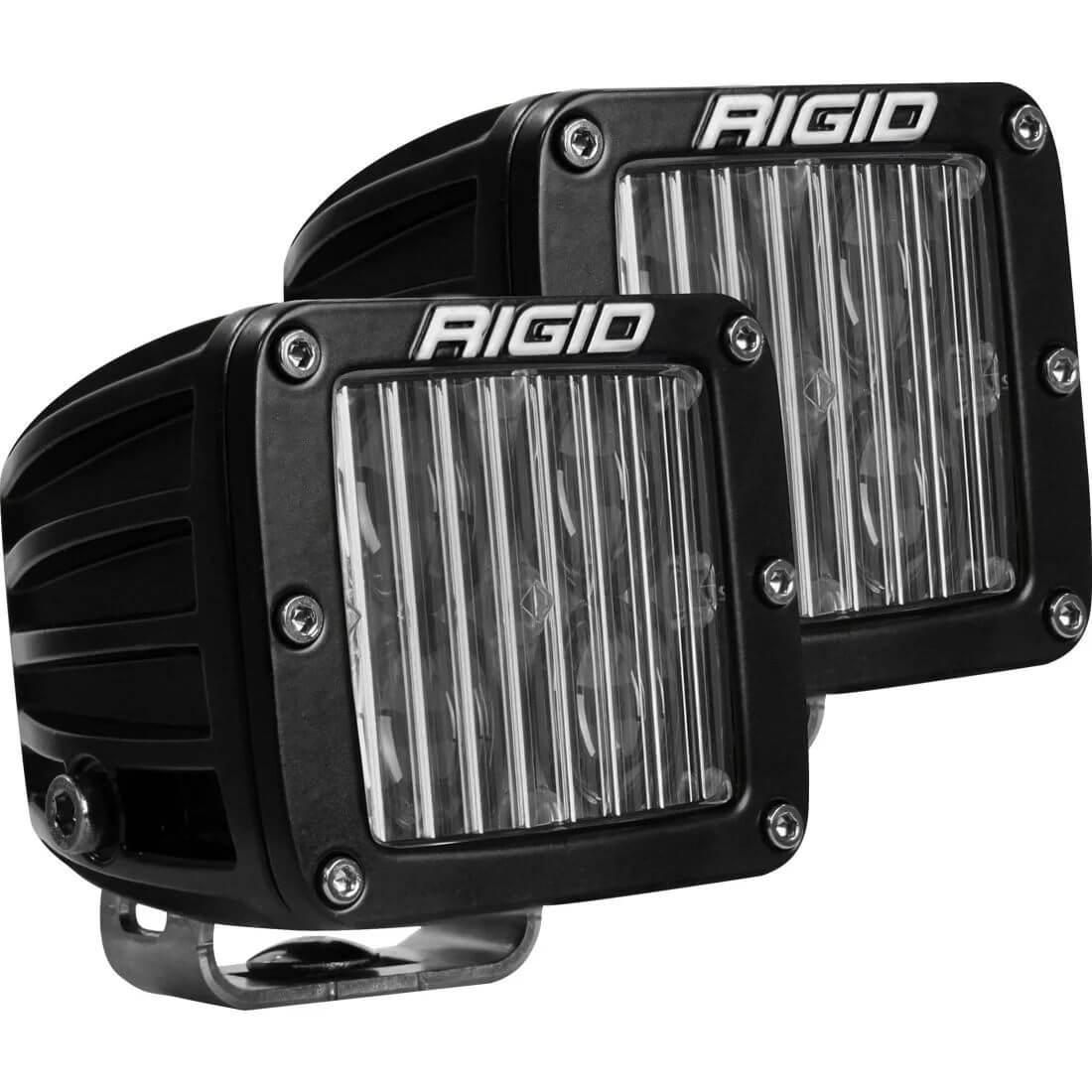

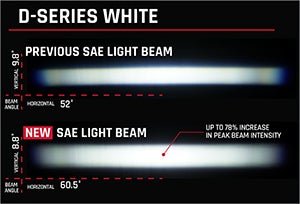

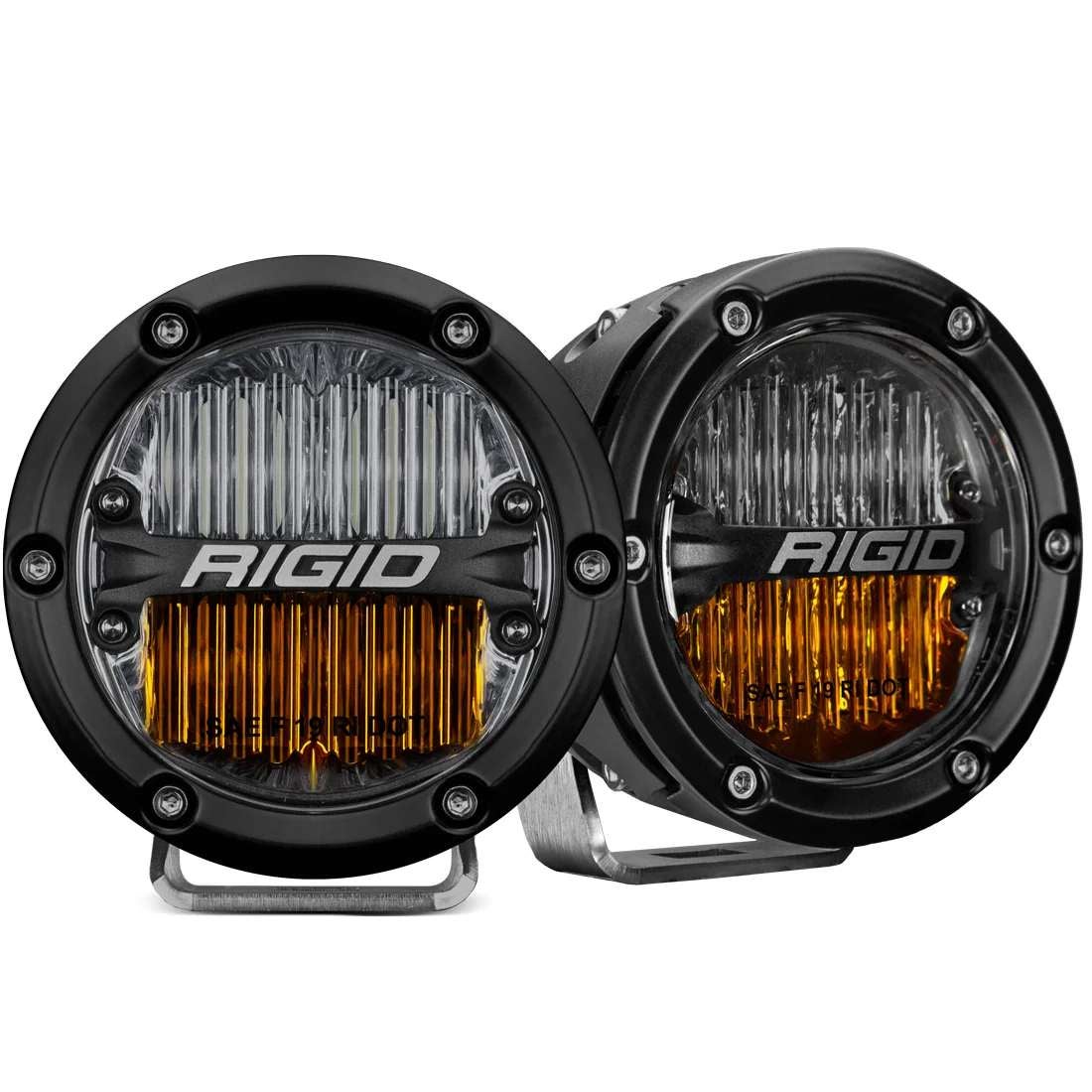

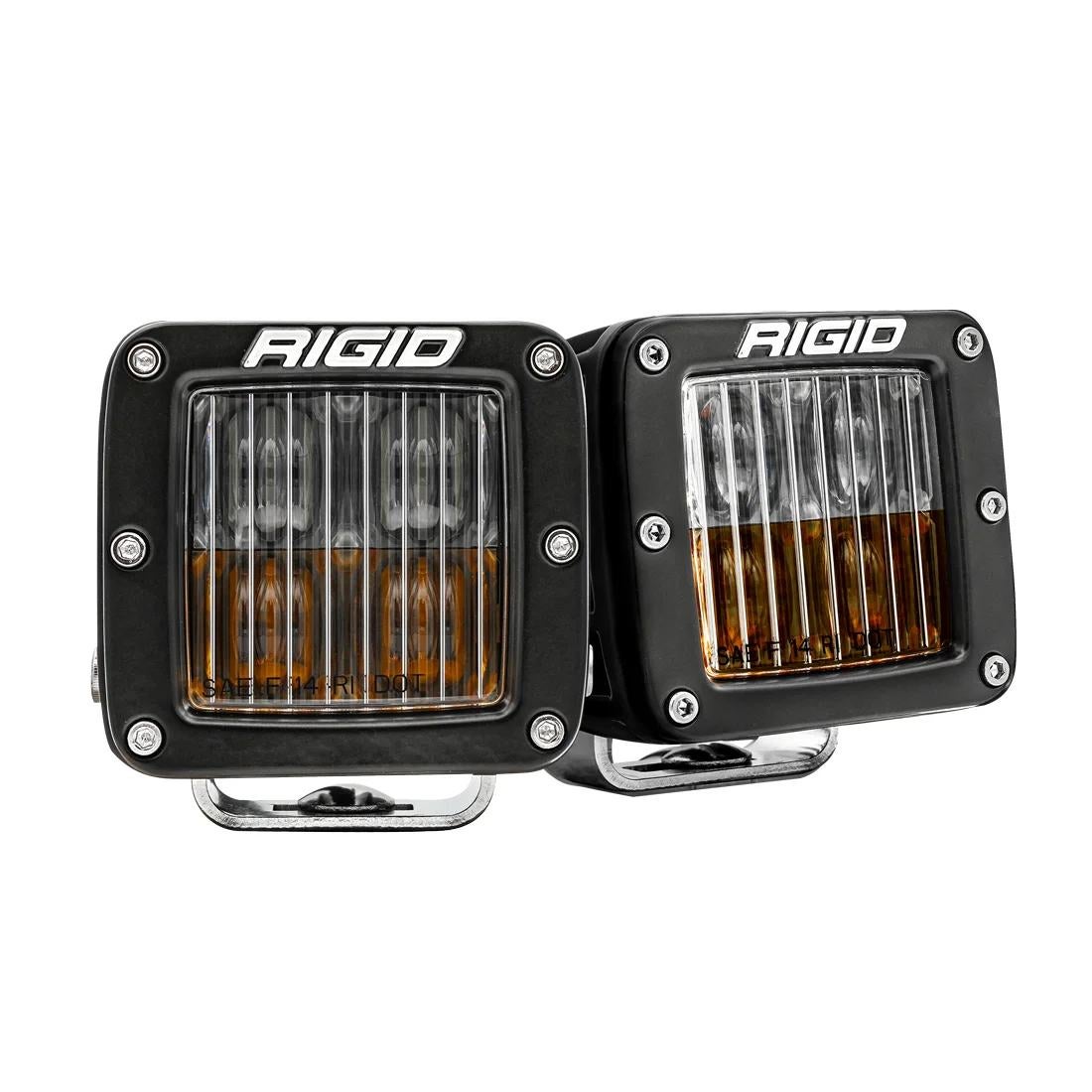



As seen in the full electromagnetic spectrum, the visible light spectrum is the small section observable to the human eye, which is the wavelengths of approximately 400 to 700 nanometers (violet to red). The human eye contains cells called cones, which act as receivers allowing us to see the wavelengths in this range. The eye can see red, green, and violet, whereas all other colors we perceive mix these colors. For instance, yellow contains both red and green.


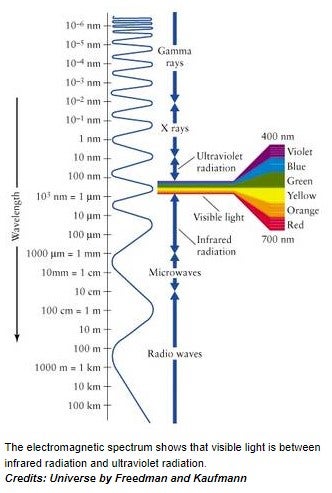

Below you can see the color output of our standard white LEDs. The chart shows that the blue regions are prominent while all other colors are suppressed or missing altogether. Suppressing these colors makes LEDs so efficient electrically compared to other light emitters.
Violet and blue light are on the end of the spectrum with the shortest wavelengths in the visible light range. This causes blue light to scatter more in the atmosphere and makes the sky appear blue. When the sun is low in the sky at sunrise and sunset, the light must travel further through the atmosphere. We don’t see the blue light because it gets scattered away, while the longer wavelengths, closer to red, are not scattered as much.
A similar scatter of particles is what we see from white LEDs in the offroad market in adverse conditions. The blue light emitted from the LEDs hits the particles in the air and scatters, preventing you from seeing through. Removing the blue light reduces the scatter and is what allows your eyes to perceive further.
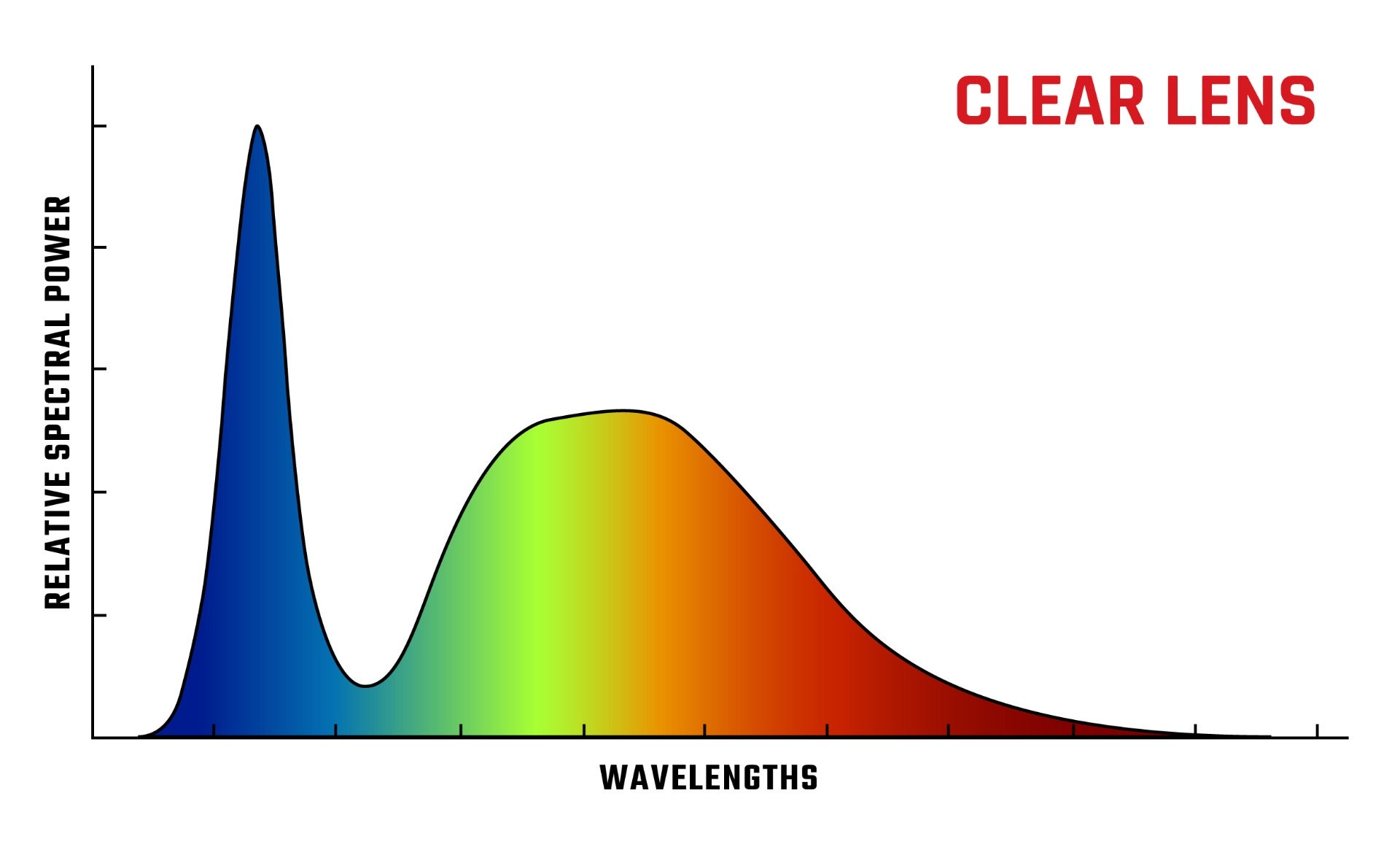

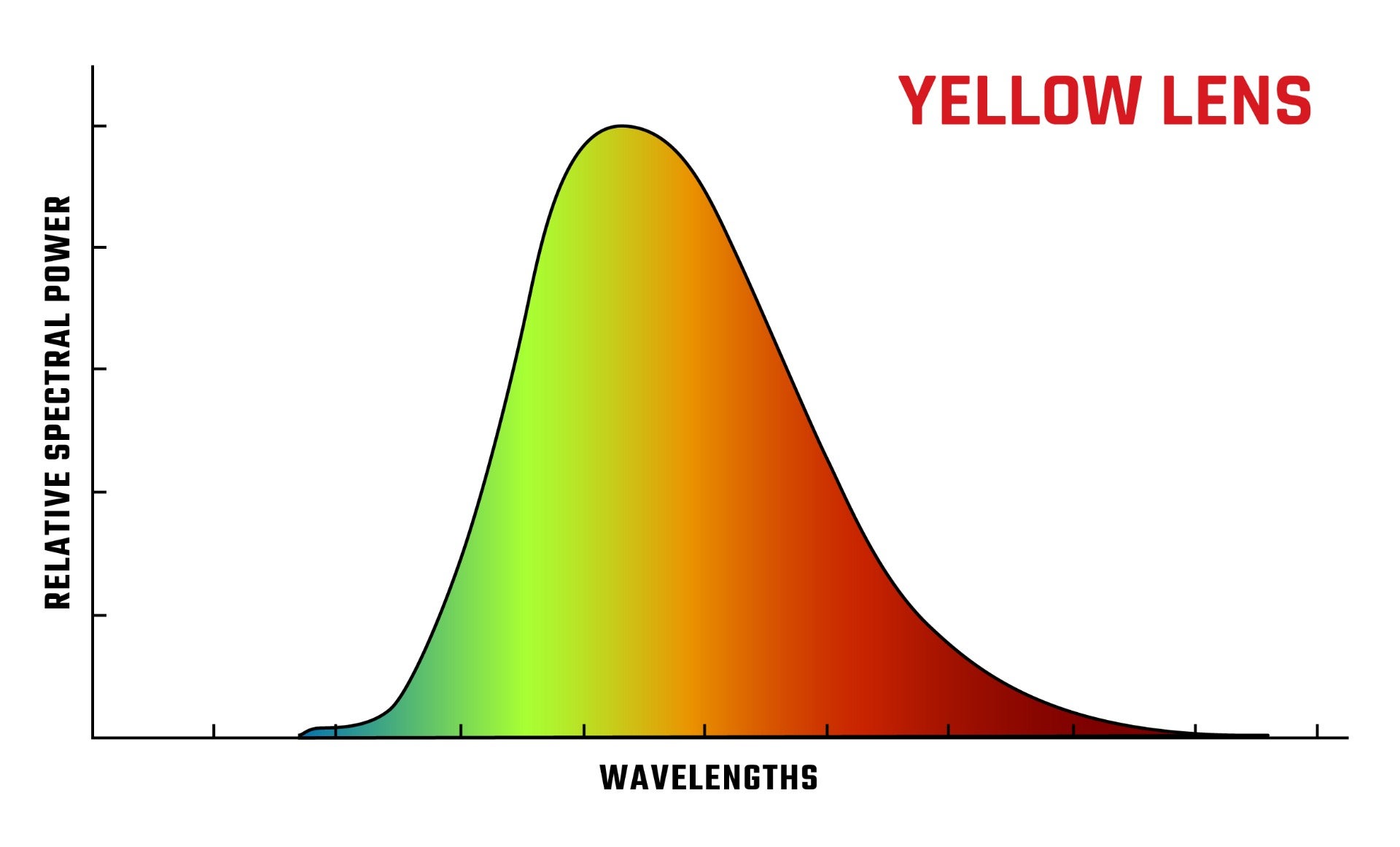

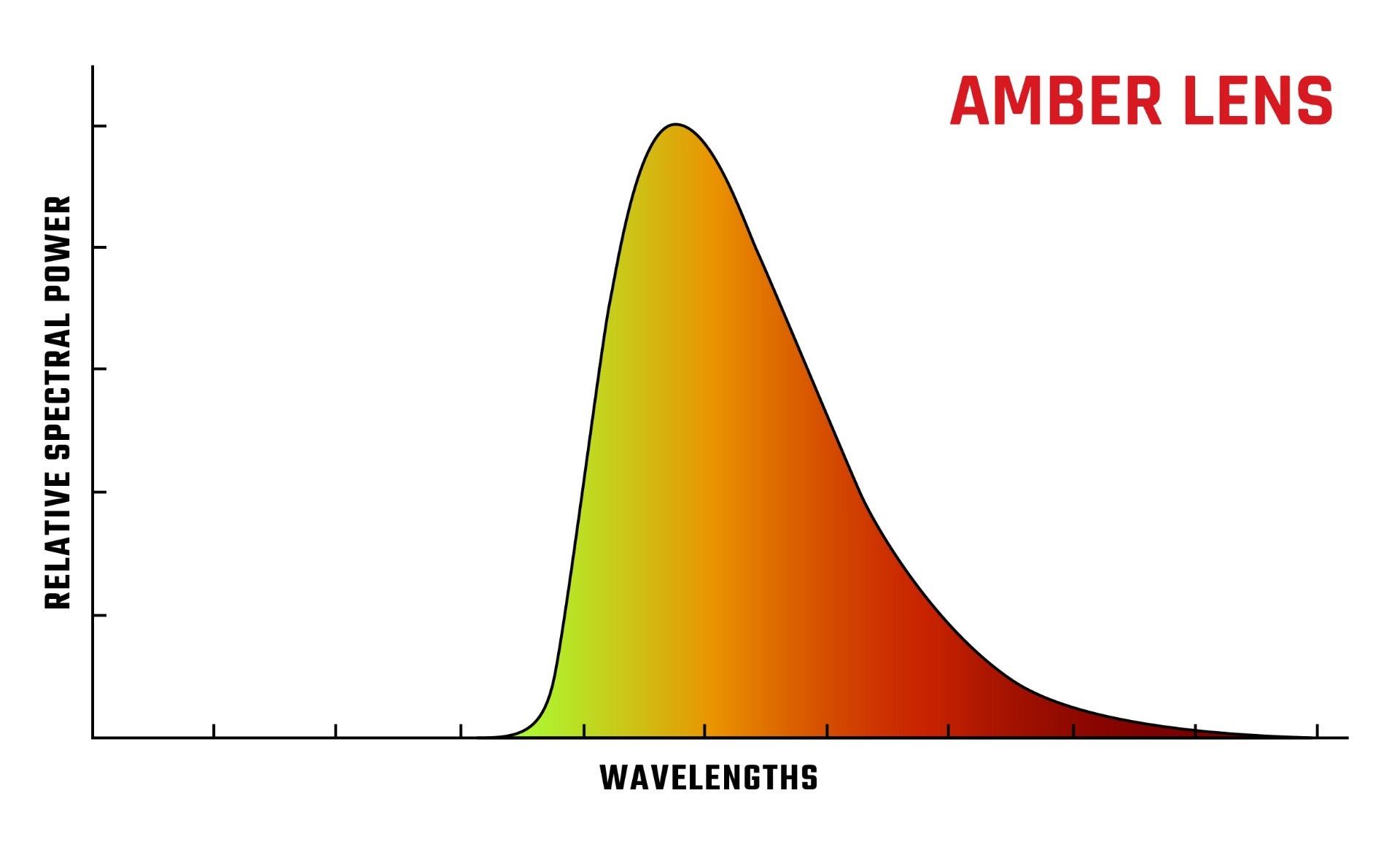

Where graph one above represents our standard white LED output behind a clear lens, graph two and three represents our white LEDs behind our yellow and Amber PRO lens. You can see the elimination of blue and green light due to it being filtered through the colored lens. The darker the lens color, the less output you will get. The Amber PRO Edition RIGID has created is the ideal color to maintain optimal light output while still performing in adverse conditions.
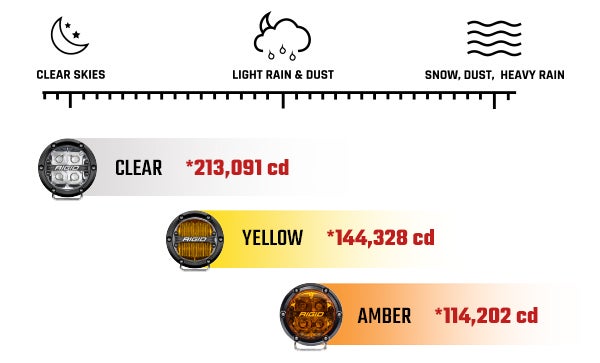

*Candela units based on data collected using the 6IN 360-Series Spot lights.


There is a significant drop in peak intensity when we change from white LEDs with a clear lens to a yellow lens to an amber lens. RIGID continues to sell yellow covers to provide a middle space for those who want to tint their light but retain more light intensity than going with the darker Amber PRO color.
SAE Light Bars
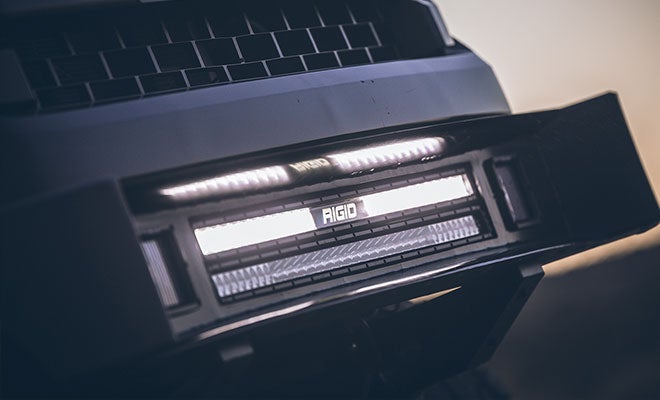

The SAE SR-Series light bars is avalible with both Amber and White and features a backlit RIGID branding plate. This secondary lighting can be controlled independently or in tandem with the main forward-facing LEDs, offering a custom look to any vehicle. The RIGID SAE Compliant Lights represent the ultimate solution for your street-legal lighting in North America.


